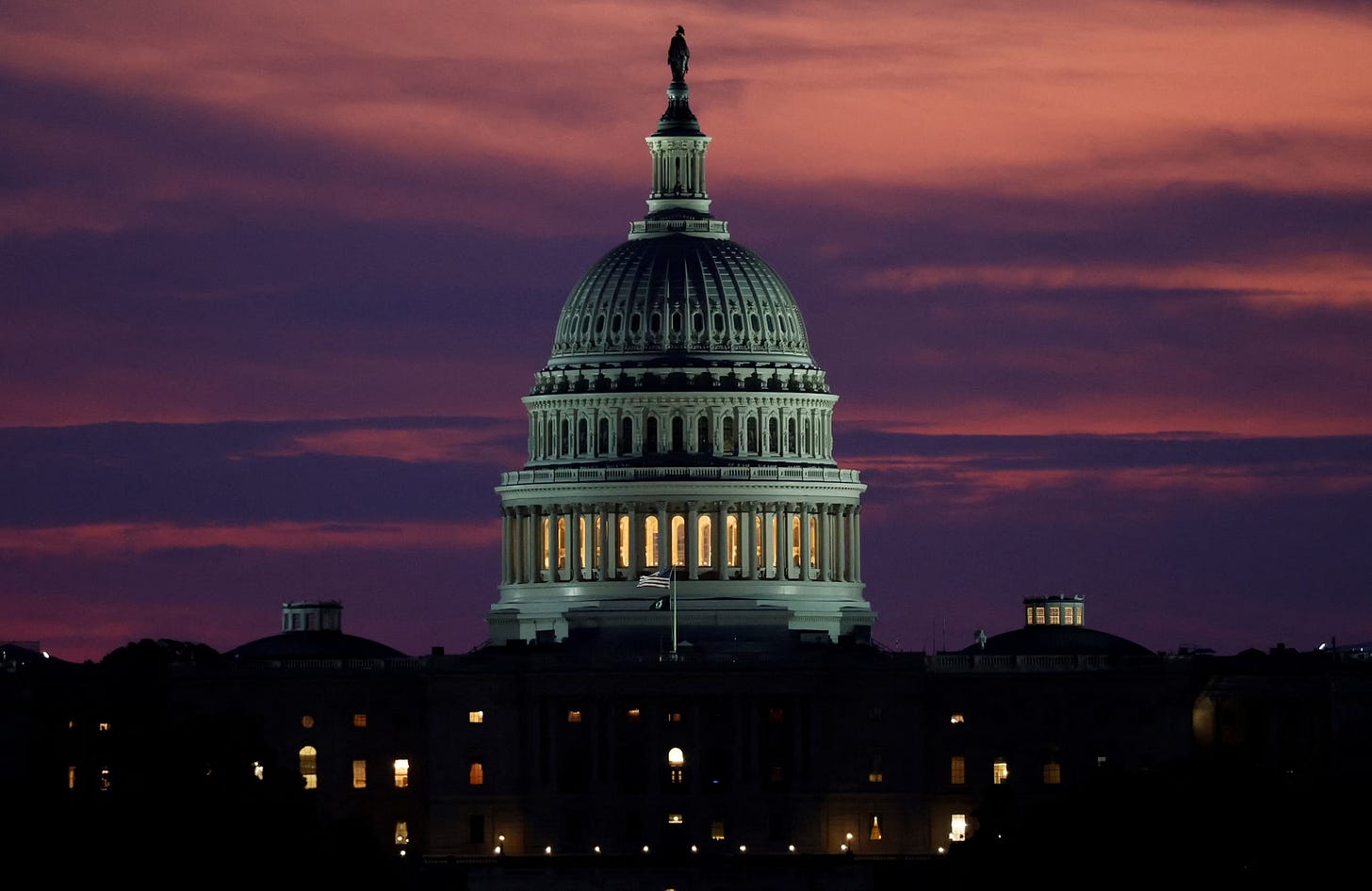US Shutdown – an Engineered Constitutional Crisis?
How political brinkmanship in Washington threatens not just government funding, but the foundations of American democracy.
The US Congress faces a deadline of October 1 to adopt a spending measure to keep the federal government open. On the surface, this looks like another partisan battle over budgets and spending priorities. Yet beneath the noise lies something deeper: the possibility that shutdown politics have become a deliberate tool, designed to test the limits of the American constitutional system.
“When funding the government becomes a bargaining chip, it is no longer about budgets — it is about testing the very strength of the Constitution.”
For a deeper look at how these patterns fit into long-term global shifts, see our “Great Unwinding” scenario.
Unlike past fiscal standoffs, today’s impasse sits within a broader crisis of legitimacy. One side has learned that by withholding appropriations, it can stall the machinery of government itself, delaying courts, freezing regulators, and even affecting military readiness. That creates leverage far beyond budgetary concerns. It turns the functioning of government into a hostage of politics.
The incentives to escalate are obvious. A prolonged shutdown weakens confidence in Washington, polarizes voters further, and undermines the credibility of institutions abroad. For some factions, this is not a bug but a feature. By driving dysfunction, they make the case that America’s governing framework is broken—and in doing so, they prepare the ground for extraordinary measures: emergency powers, judicial restructuring, or even constitutional revision.
This is why investors should look beyond short-term market jitters. A shutdown is not just about unpaid federal workers or delayed contracts. It is a test of whether the United States can still perform the basic tasks of governance without descending into permanent crisis. The outcome will ripple across bond markets, global confidence in the dollar, and the stability of alliances.
If America cannot escape this cycle of manufactured crises, then tomorrow’s shutdown deadline may be seen not as an outlier, but as part of a larger trend: the weakening of U.S. leadership at home and abroad.


